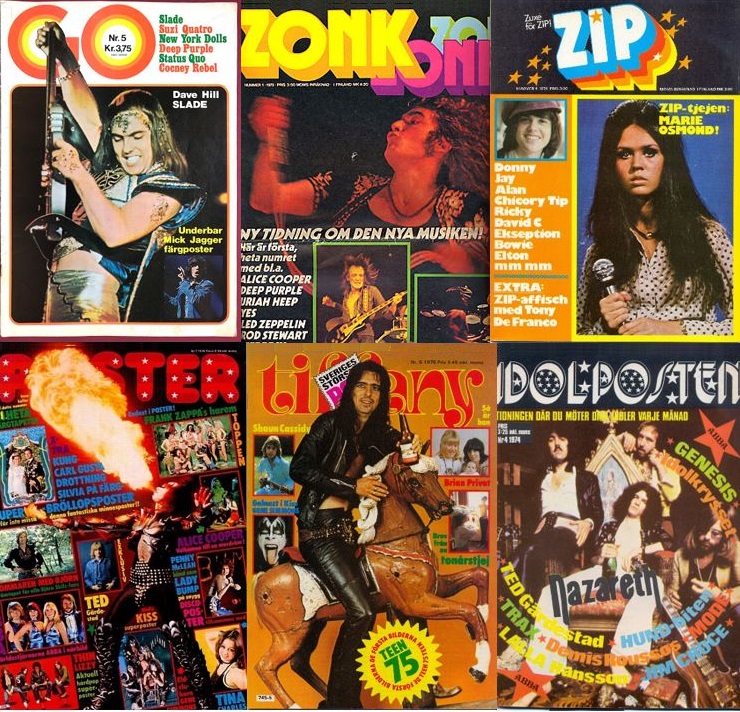
The history of Swedish pop and rock magazines in the 1970s remains to be written. Some very basic but nevertheless important work has been carried out by a Swedish website, read more here (opens in a new window). It contains a brief introduction, publisher, year class and all covers of the magazines published from the early 1970s and onwards. Sometimes the hip magazines come up for sale at Tradera (Swedish Ebay). I never place a bid. But, I admire the dedication to document for posterity. After all, this is also what I do.
Featured
"Taken out of circulation"
Konztroll
Hits: 2798
